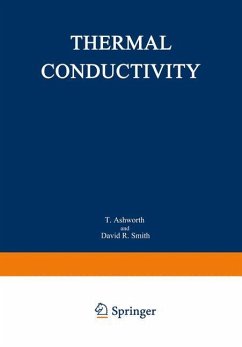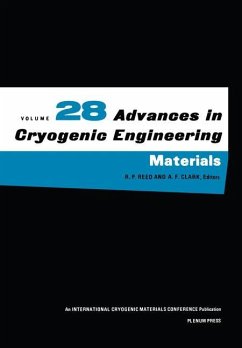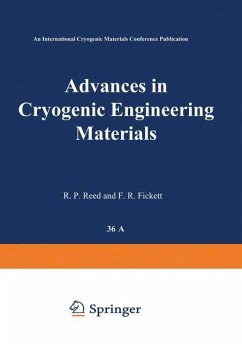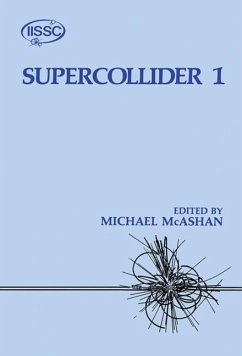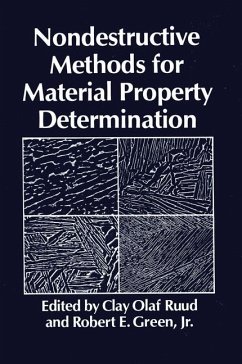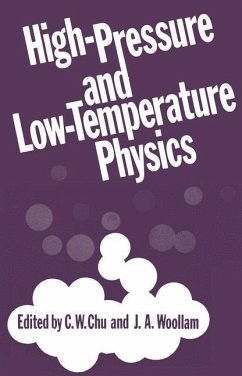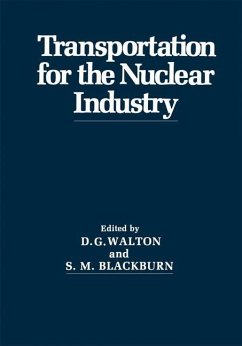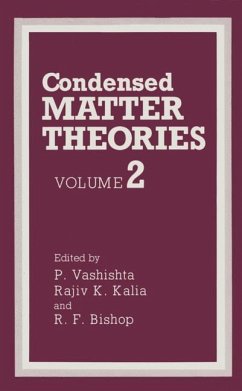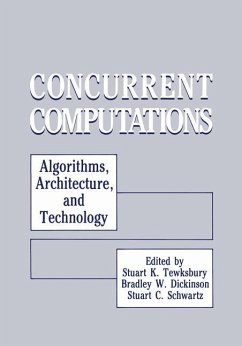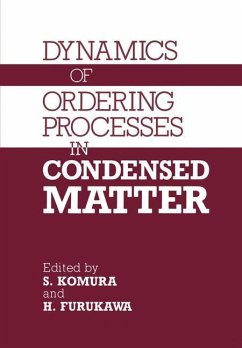
Foundry Processes
Their Chemistry and Physics

PAYBACK Punkte
19 °P sammeln!
For a number of years it has been a General Motors Research Laboratories custom to hold a symposium on a subject which is new and emerging, and to invite the best people in the world in that subject to come together to talk to each other. Initially, I had some difficulty in regarding foundry processes as a new and emerging subject. Copper alloys have been in foundry practice for about six thousand years. Foundrymen working with those alloys have been recognized, as such, for nearly all that time. Iron has a much shorter history, probably only three or four thousand years. So what's new? What i...
For a number of years it has been a General Motors Research Laboratories custom to hold a symposium on a subject which is new and emerging, and to invite the best people in the world in that subject to come together to talk to each other. Initially, I had some difficulty in regarding foundry processes as a new and emerging subject. Copper alloys have been in foundry practice for about six thousand years. Foundrymen working with those alloys have been recognized, as such, for nearly all that time. Iron has a much shorter history, probably only three or four thousand years. So what's new? What is new is that a subject which has always been so complex and so difficult that it could only be a craft skill, with bits and pieces of knowledge and bits and pieces of insight, has begun to yield to new abilities to solve very complex problems. We do this now because we can handle great amounts of data by computational means, using new and more complicated theoretical treatments than we could deal with before. In fact, we have a new technology with which we can attack these terribly difficult problems. Thus, foundry processing is becoming a new subject because new things can be done with it.





